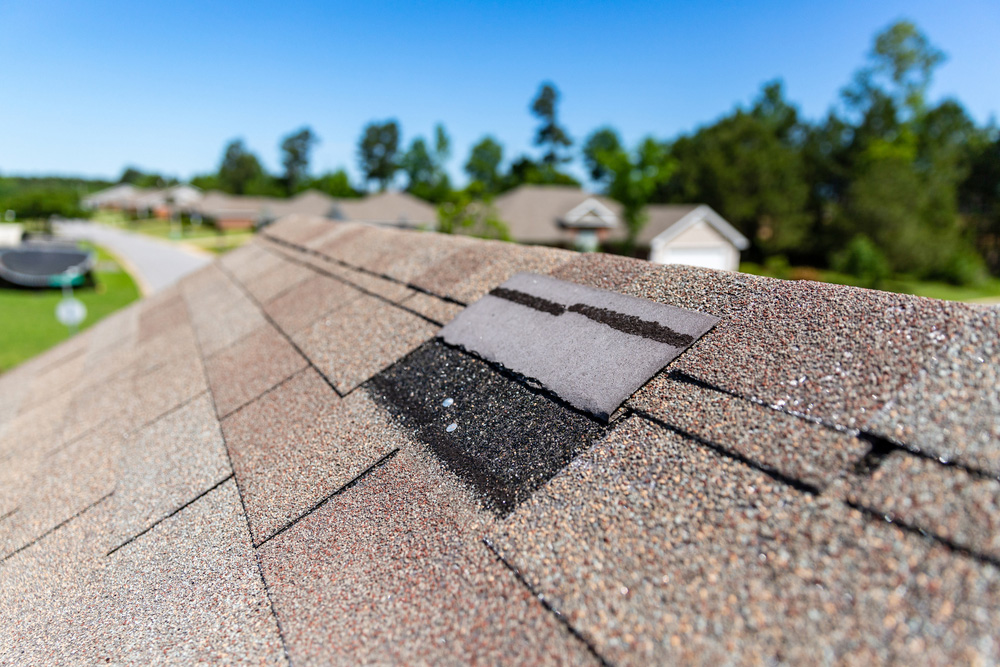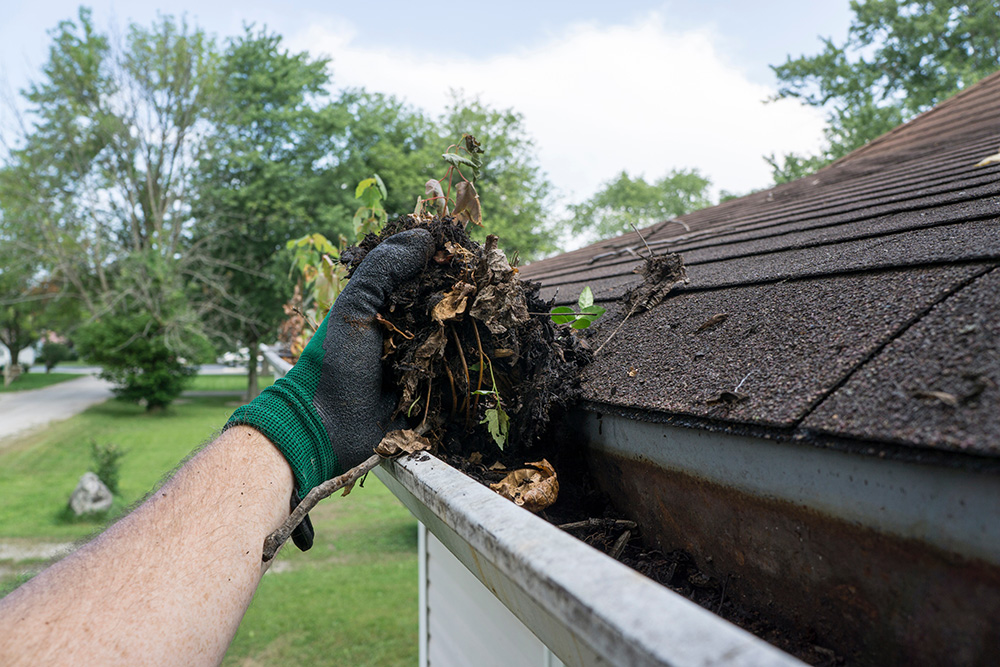Your roofing system can provide years of protection from the elements. It can also make sure you and your family have a comfortable living environment. But like many other parts of your home, it needs regular maintenance to keep it performing at optimal levels. Most professionals recommend getting your roof inspected at least twice a year, and it’s not just because they want to improve their bottom line. Regular roofing maintenance has been proven to increase roof longevity by a huge amount. In some cases, not having it inspected can void its warranty.
Smart Practices for Inspecting Your Roof
Before you start doing any kind of roof work, you should first think about safety. Some maintenance chores have to be done from inside your attic or from a ladder. Hiring a professional to do them for you is the best way to make sure the job gets done right without putting you or a family member in danger. This person will be more familiar with common roof hazards and can find problems that a DIY-er might overlook.
You also have to think about minimizing foot traffic. Asphalt shingles have tiny granules that prevent UV degradation while also adding a dimensional color element to your roof’s surface, but too much traffic can cause them to scuff off. You can also catch the edge of a shingle while you’re walking on the roof, which can cause it to lift up or crack.
Tips for Seasonal Roof Maintenance
Here are some things you should do to maintain your roof on a seasonal basis (preferably in the fall):
- Clean Your Gutters — You should keep your gutters clean because it will allow water to flow freely, and you should make sure everything is securely attached. Pay close attention to areas where the gutter meets the wall at right angles. You may also need to install kick-out flashing or gutter splash guards in vulnerable areas.
- Limit Moss and Algae Growth — Algae can leave dark streaks on your roof’s surface, but you can minimize algae stains by cleaning it with bleach and water. If your roofing material is susceptible to this kind of growth, it’s a good idea to do it on a regular basis.
- Remove Nearby Tree Branches — Trees can disturb your roof granules by rubbing against shingles, especially during windstorms. You want to trim as much as you can, so they don’t touch your roof or gutters (even on the windiest days).
- Clear Away Any Organic Debris — You should remove any organic debris and residue at least twice a year, depending on your area’s tree activity.
Be sure to speak to a professional for more information.

What to Regularly Check on Your Roof
Your roof can decrease in performance over time, because it can be affected by weather and natural aging. That’s why it’s important to check more vulnerable areas over time. Some of them can include the following:
- Wall Cladding and Windows — Look for areas that are moist or have streaks of wetness. It may be a sign of a gutter or soffit problem, which can cause water to run down your walls instead of the downspouts.
- Roof Flashing — Look for a safe and comfortable place to look at your flashing (such as a second-story window). If you see that it’s rusted, dented, missing fasteners, or has sealant that’s rotting away, you might want to contact a roofing contractor.
- The Soil Stack — Some vent pipes are sealed with a rubber gasket. But over time, it and its sealant can dry out and fall apart. You want to make sure that every roof penetration is tightly sealed.
Be sure to speak to a roofing professional for more information.
Other Best Practices for Roofing Maintenance
Here are some other best practices for keeping your roof in top shape:
- Ensure Proper Ventilation — This is important for any roofing system. Replacing warm, humid air with cool, dry air can minimize the buildup of mold and mildew.
- Connect Dryer and Bathroom Vents Directly to the Outside — It’s important make sure that moist air from dryers and bathrooms can get out of your home. Newer constructions will have outdoor venting. But if you live in an older home, you should make sure that fans aren’t venting into attics or crawlspaces.
- Avoid Downspout Discharge on Your Roof — Make sure the upper downspout connects to a gutter at a lower level. It will keep runoff from flowing over the same part of your roof every time it rains, which can lead to dislodged granules and algae stains.
If you’re looking for one of the best roofers in Corpus Christi to help you with your roofing maintenance, be sure to get in touch with B. Ramirez Roofing.

